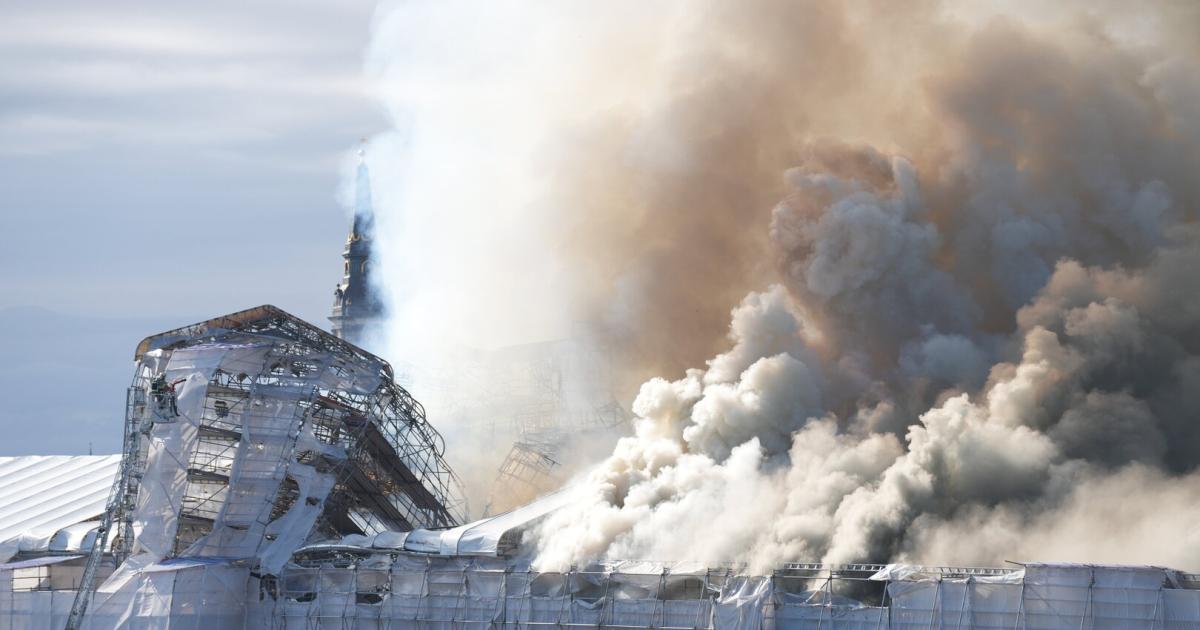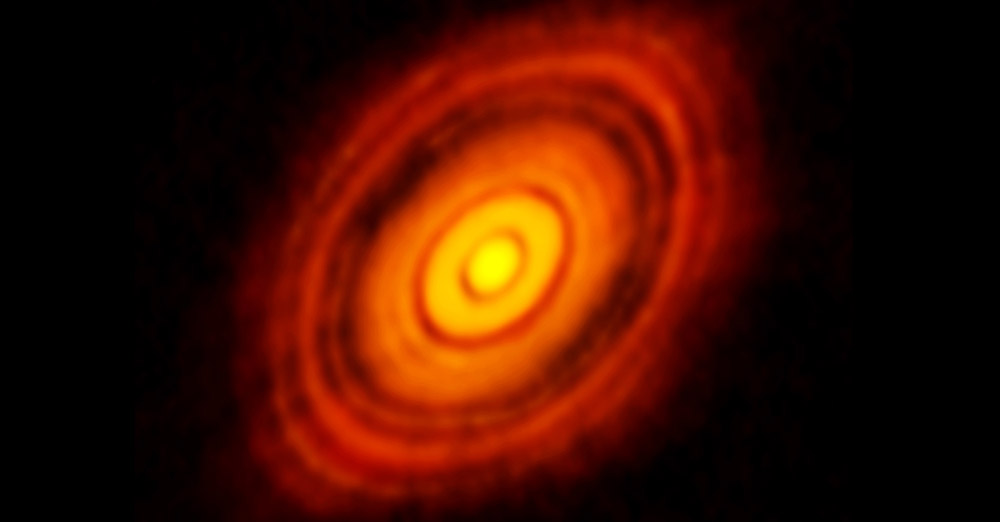Formation limits: Astronomers may have discovered why there are rocky Earth-sized planets and gas giant planets in the Solar System, but not the super-Earths and small Neptune. The reason therefore lies in the location and timing of three crucial transition zones in the protoplanetary disk. At the outer edge of these sills, dust and debris accumulated and thus encouraged planetary formation. The amount of material available between the boundary regions determines the size of the planets.
What gave the solar system its typical structure of inner rocky planets and outer gas giants? And why are there neither super-Earths nor small Neptunes around the Sun, even though these types of planets around other stars are the same Happens often? So far, astronomers can see the initial stages of the formation of planets and our solar system almost understand. But just some of the peculiarities of our home system and also the earth It still raises questions.
Pressure thresholds and loops in the primordial cloud
Researchers working with Andre Isidoro of Rice University in Houston may have found some answers. The starting point for this was the observation that many protoplanetary disks have a roughly regular sequence of rings and gaps. “Such ring-like structures indicate that dust and clumps are concentrated there at the disk pressure thresholds,” the astronomers explain. Matter that tends to migrate inward toward the star in the rotating cloud appears to be pinned to these thresholds and accumulate there.
The position of these pressure thresholds is not random, but is determined by physical parameters: the deeper the threshold determines the temperature limit near the stars, from which the silicate compounds forming rocks evaporate. So planets can only arise outside this region. Beyond that are the so-called snow streaks, the transition zones from which water vapor and carbon monoxide freeze into ice. Therefore, ice-rich orbs could only form outside of these limits.
Isidoro and his team investigated the consequences of these boundary regions on planetary formation through simulations in which they reconstructed the evolution of the young Sun and its protoplanetary disk – sometimes with and sometimes without the pressure limits that existed at the time.
How did the inner planets arise?
The result: in the simulation, there was indeed an accumulation of dust and planetary masses outside the three transition zones. Then an increased accumulation of material occurred in these rings, which led to the formation of protoplanets. In reconstructing the inner solar system, the size and number of these newly formed planets depended on the amount of material available between the deepest pressure threshold and the next transition zone, the water and snow line.
“Only dust originating within the snow line can contribute to planet formation in the inner disk,” Isidoro and colleagues explain. If the snow line formed early and thus prevented the supply from the outer regions of the primordial cloud from migrating inward, the matter would only be enough to form Mars-sized planets to Earth – as was the case in the Solar System.
On the other hand, if a line of water and snow forms later or is poorly visible, more material can drift into the interior. As a result, more super-terrestrial planets or small Neptunes can also arise there.
Asteroid belts and outer gas giants
The model also showed how and why the asteroid belt formed: dust and rock fragments migrate inward into the protoplanetary disk. But as the water and snow line prevented more material from flowing in from the outside, the area inside that line became increasingly empty. This created an almost empty region in which only small pieces – asteroids – could form.
Beyond that, behind the line of water and snow, there was an additional accumulation of dust and debris – this is where the solid cores of the later gas giants Jupiter, Saturn, Uranus and Neptune formed. In simulations, the mass of minor planets in this region reached 40 to 100 Earth masses – this corresponds relatively well with the mass of these planetary cores, astronomers report.
The orbits of the young gas giants were close to each other at first, and it was only later that Uranus and Neptune drifted outward to their current positions. From the outside, beyond the carbon monoxide snow line, planet Earth’s icy orbs were formed in a similar way Kuipergürtels.
Agree with notes
“For me it was a complete surprise how our models were able to depict the evolution of a planetary system like ours – down to the slightly different masses and chemical compositions of Venus, Earth and Mars,” says co-author Bertram Beech of the Max Planck Institute for Astronomy in Heidelberg.
His team’s results show how fundamental shifts in physical phase can shape the evolution and structure of our solar system. This could also help to better understand the evolution of planetary systems around other stars. (Natural Astronomy, 2021; doi: 10.1038/s41550-021-01557-z)
Source: Max Planck Institute for Astronomy

“Total coffee aficionado. Travel buff. Music ninja. Bacon nerd. Beeraholic.”







More Stories
Milky Way: discovery of a massive black hole
The new charging method could double battery life
As an early detection method?: Vision problems could indicate Alzheimer's disease